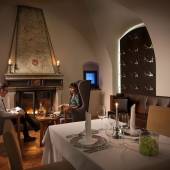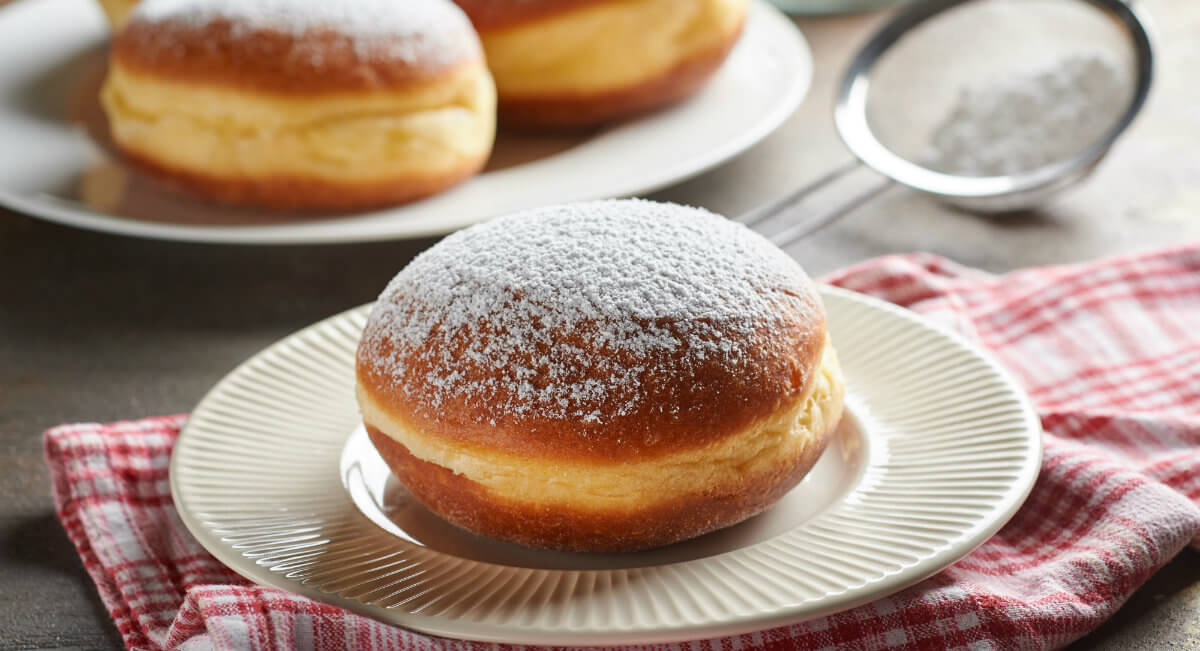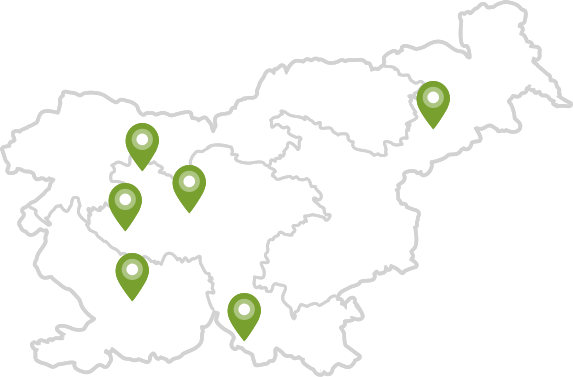Dear Readers
Our mission is to inspire your visit to Slovenia by sharing the excellent and unique experiences Slovenian tourism has to offer at www.slovenia.info.
Discover inspiring stories and plan for a time when we are able to travel safely again.
Let’s be responsible today for a better tomorrow.





